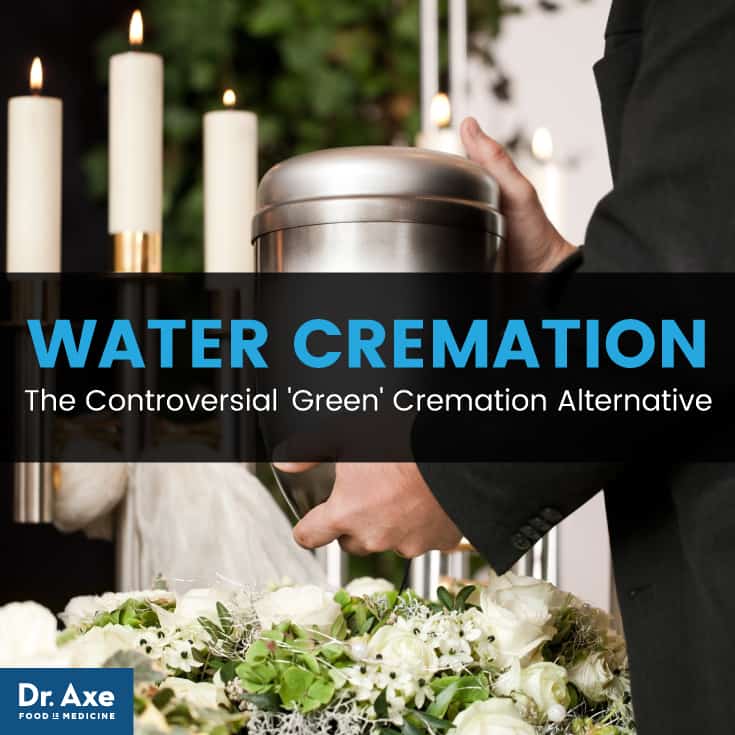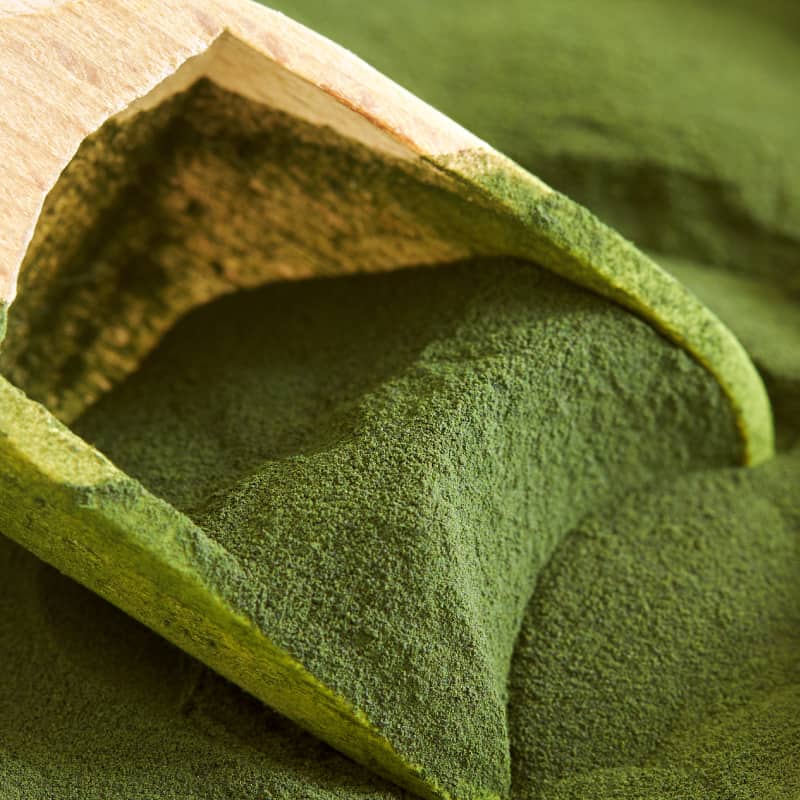This Dr. Axe content is medically reviewed or fact checked to ensure factually accurate information.
With strict editorial sourcing guidelines, we only link to academic research institutions, reputable media sites and, when research is available, medically peer-reviewed studies. Note that the numbers in parentheses (1, 2, etc.) are clickable links to these studies.
The information in our articles is NOT intended to replace a one-on-one relationship with a qualified health care professional and is not intended as medical advice.
This article is based on scientific evidence, written by experts and fact checked by our trained editorial staff. Note that the numbers in parentheses (1, 2, etc.) are clickable links to medically peer-reviewed studies.
Our team includes licensed nutritionists and dietitians, certified health education specialists, as well as certified strength and conditioning specialists, personal trainers and corrective exercise specialists. Our team aims to be not only thorough with its research, but also objective and unbiased.
The information in our articles is NOT intended to replace a one-on-one relationship with a qualified health care professional and is not intended as medical advice.
Water Cremation: A Controversial & Eco-Friendly Burial Alternative
December 15, 2017

Cremation has been a funeral option in the United States and Western Europe since the latter part of the 19th century. Slowly gaining in popularity over the last 100 years, cremation is now as common as burials. In fact, as of 2009, almost 40 percent of deaths in the U.S. were handled by cremation. By 2018, that number is expected to increase to more than 50 percent. (1)
Within the past 10 years, a new cremation option has emerged. Alkaline hydrolysis, or “water cremation,” is growing in popularity, particularly as an eco-friendly option within the “green burial” movement. As of 2017, the process is legal in 15 states —most recently in California. It’s pending in several others. It’s also legal in three Canadian provinces. However, it has not risen in popularity without controversy. (2)
Legal opposition from various parties, including the Catholic Church, cite concerns that the process doesn’t treat the body with respect. Others argue that there is not enough health and safety data about the process. Also, note that legalization doesn’t mean the process is available right away. And, in some states, while the process is legal for use on animal remains, it may not yet be legal or available for human remains. (3, 4)
What Is Water Cremation?
Also known as aquamation or bio-cremation, the technical term for water cremation is alkaline hydrolysis. Similar to “traditional” cremation, water cremation reduces human remains to bones. However, rather than using flames and burning the body, alkaline hydrolysis instead uses a solution of water and potassium hydroxide, plus heat and pressure, to essentially dissolve the body. At the end of the process, all that remains is bone fragments and a brownish liquid. The bones are crushed just as they would be using a flame-based cremation. The liquid is poured down the drain. (5) (Sound creepy? During a typical funeral home embalming, human remains and chemicals also go down the drain.) (6, 7)

History of Water Cremation
Alkaline hydrolysis was first patented in the U.S. in 1888 as a method of transforming animal remains into gelatin and fertilizer. About a hundred years later, scientists at Albany Medical College starting using this method to dispose of lab animals. The first chamber to dispose of human remains based on their machine was developed in 2006 as a way to dispose of cadavers in the Mayo Clinic’s anatomical bequest program in Rochester, Minnesota. (8, 9)
The Water Cremation Process
Basically, water cremation speeds up the natural process that happens normally after burial, which can take up to 25 years. In contrast, green cremation is completed in about two to three hours.
First, the dead body is placed in a pressurized stainless steel chamber.
Then a solution of 95 percent water and 5 percent potassium hydroxide/alkali is added and the tank is heated to 350 degrees F (177 degrees C). (That’s much lower than the typical flame cremation that requires temperatures of more than 1,000 degrees F.)
The solution circulates throughout the tank causing the body’s soft tissues to decompose.
At the end of the process, the sterile liquid remains are drained from the tank. Otherwise, all that remains are soft bone fragments, which are then crushed using the same process to pulverize the bones that is used after a body is cremated in a flame cremation process. Any medical devices, fillings or prosthetics that may have been within the body also remain intact and can be recycled.
The liquid remains are recycled through the wastewater treatment system. (10)
How Much Does Water Cremation Cost?
Alkaline hydrolysis machines cost the provider about $150,000 to $400,000 depending on the model (which varies based on size and temperatures and pressure at which the system operates). (11)
Pricing for the water cremation service can vary depending on where you live and the service provider.
For example, a cremation company in Illinois, AquaGreen Dispositions, charges $1,795 for a “flameless cremation” package that includes paperwork, an urn and transport. A similar service in Chicago can cost up to $3,000. (12)
In Minnesota, it’s about $2,400 for a basic liquid cremation. By comparison, a conventional cremation without an on-site ceremony can cost between $800 to more than $4,300. A traditional funeral in the U.S., with burial and headstone, costs around $10,000 on average. (13)
7 Environmental Benefits of Water Cremation
In a time where the health effects of climate change are becoming more pronounced than ever, many consumers are doing whatever they can to make a difference, even in death. There are many environmental benefits to the water cremation process. Some of these include: (14, 15)
- Uses one-eighth the amount of energy compared to flame-based cremation
- Four times less carbon impact created compared to flame cremation
- Caskets are not burned, resulting in less CO2 emissions and less use of natural resources, such as metal and wood, in addition to concrete that would be poured in traditional burials
- Pacemakers and some other medical devices can be left inside the body (these devices can explode if left in the body during a flame-based cremation)
- Mercury dental fillings are recycled rather than vaporized (meaning that no mercury poisoning vapors are released into the air as they are with flame cremation)
- Requires no toxic embalming fluids, aside from what might be requested for an open casket viewing
- Requires less water than a person uses in three days while they’re alive
Further Information
To learn more about the water cremation process, or cremation in general, you can check with the Cremation Association of North America, or your local funeral home or crematorium. You can also learn more about the alkaline hydrolysis process laws in your state at nolo.com.











